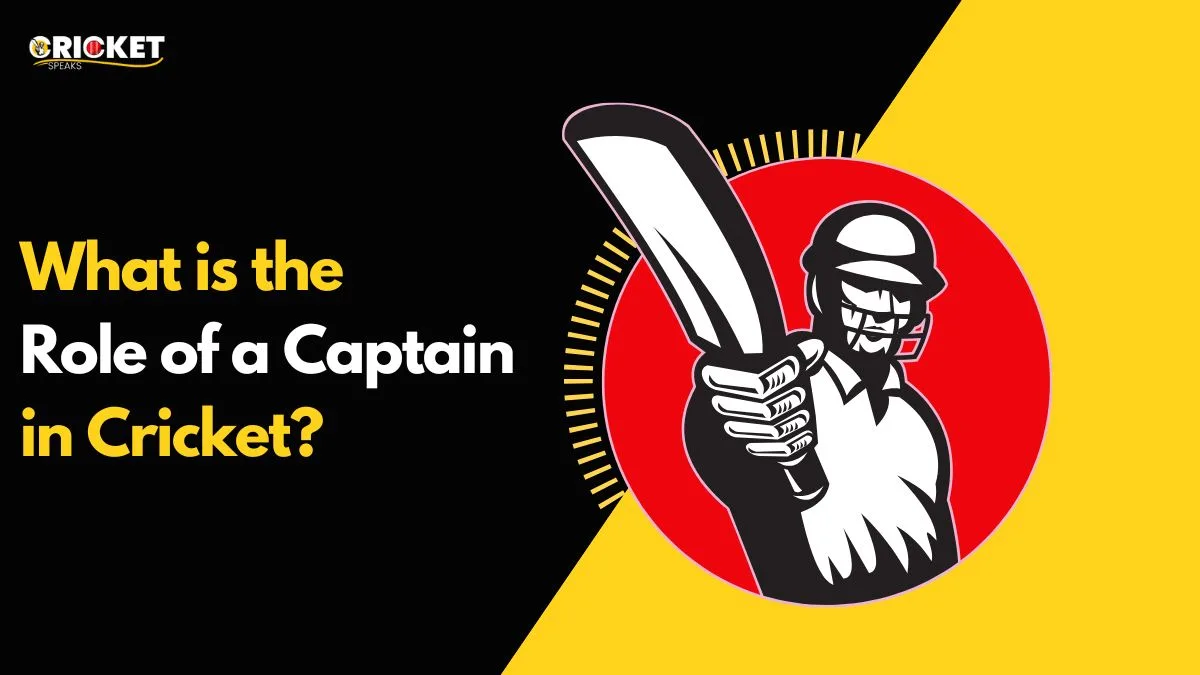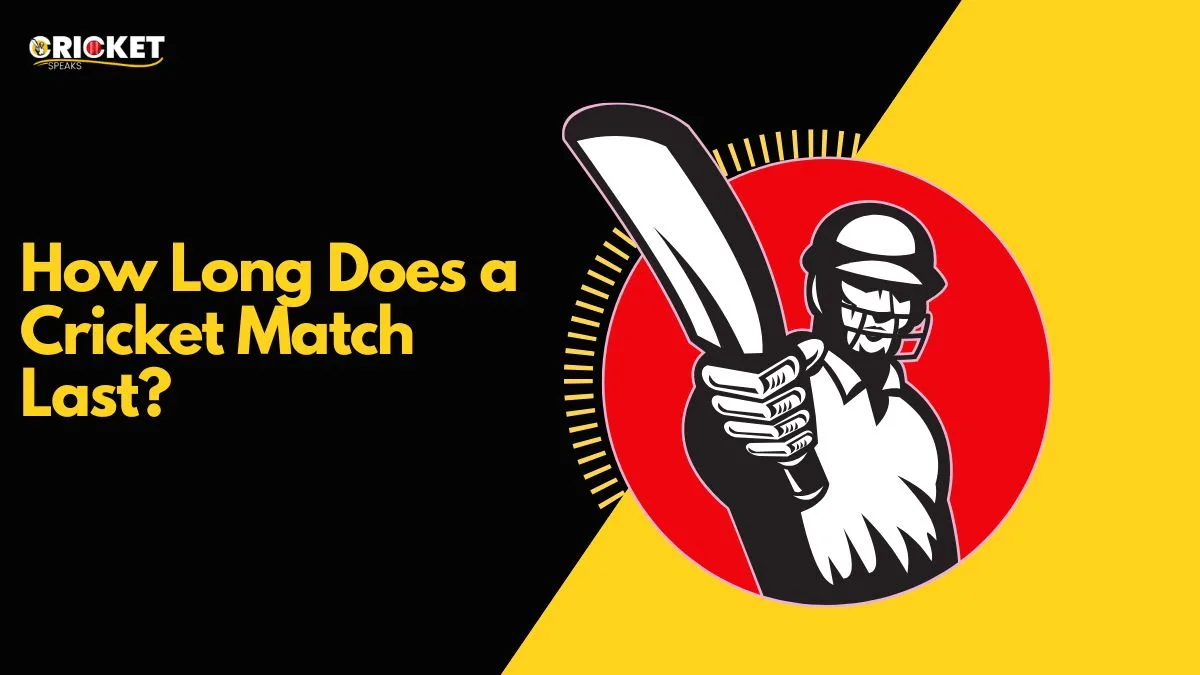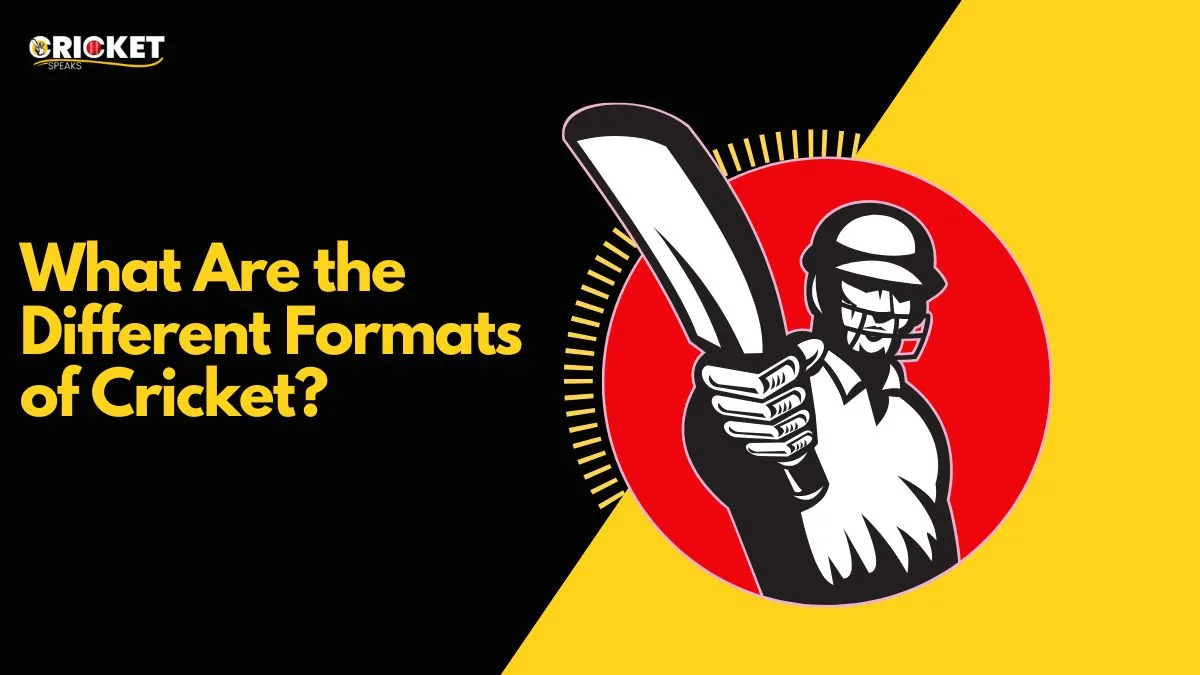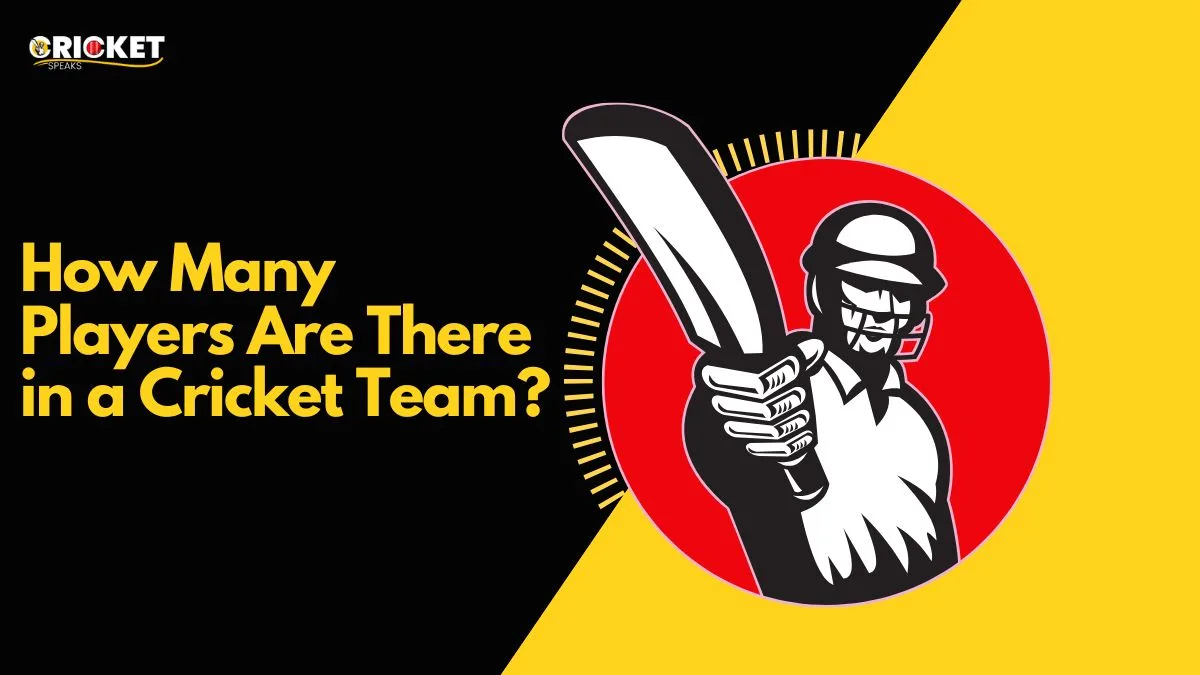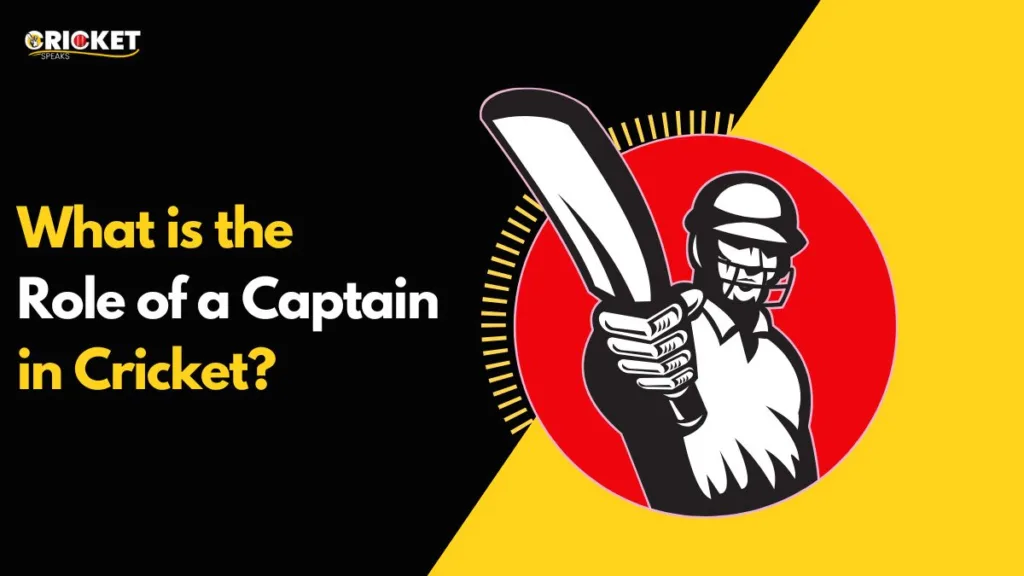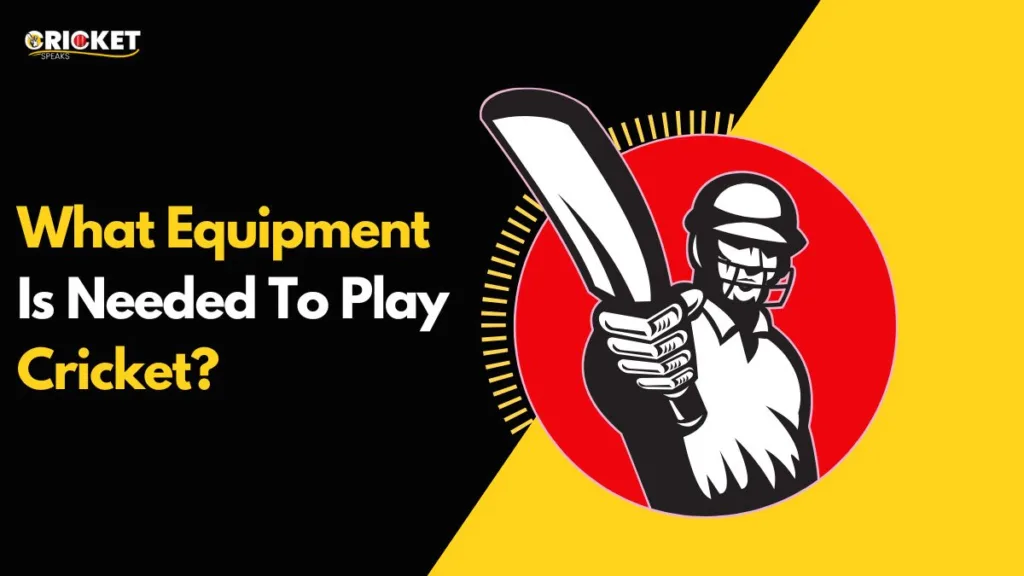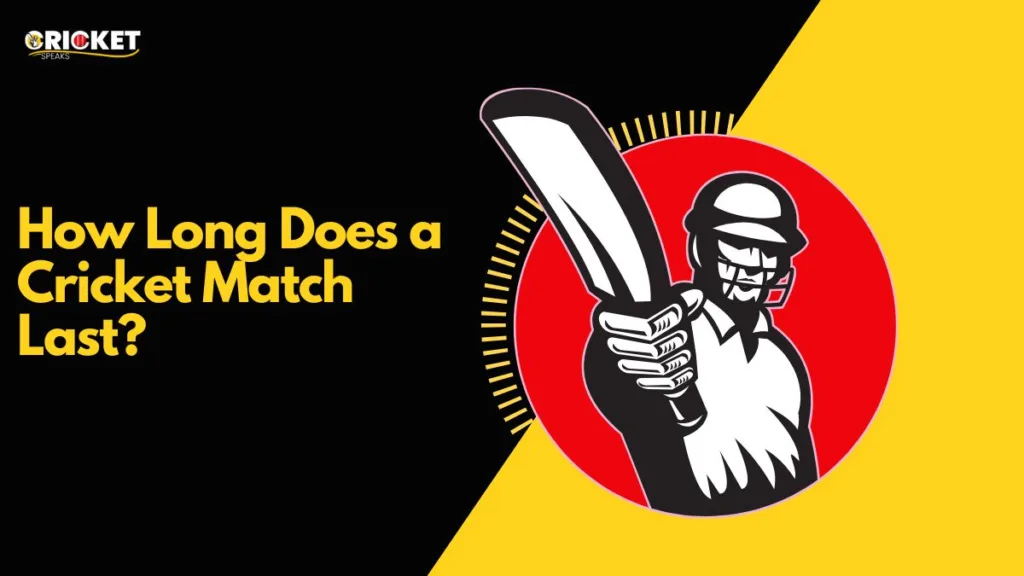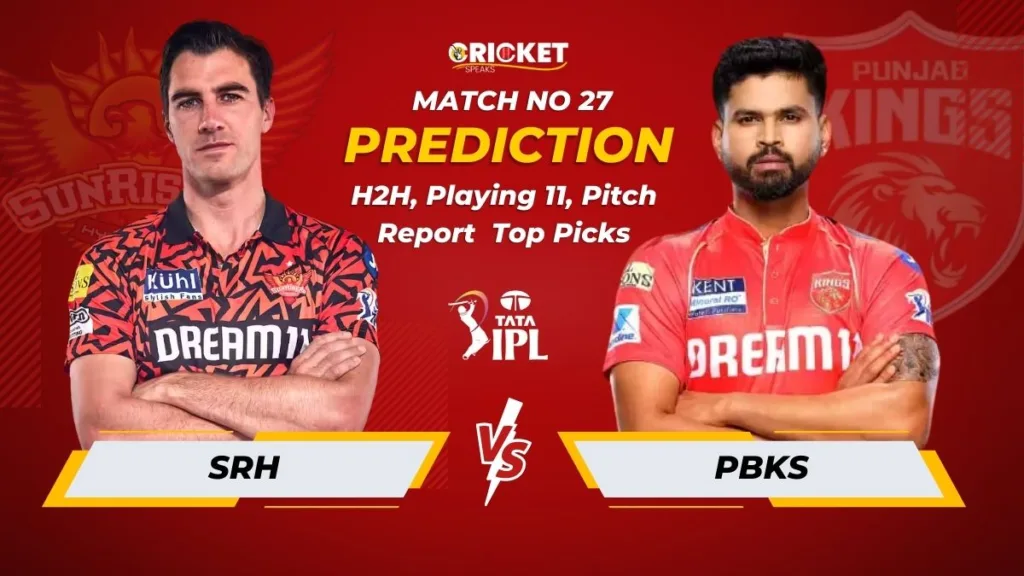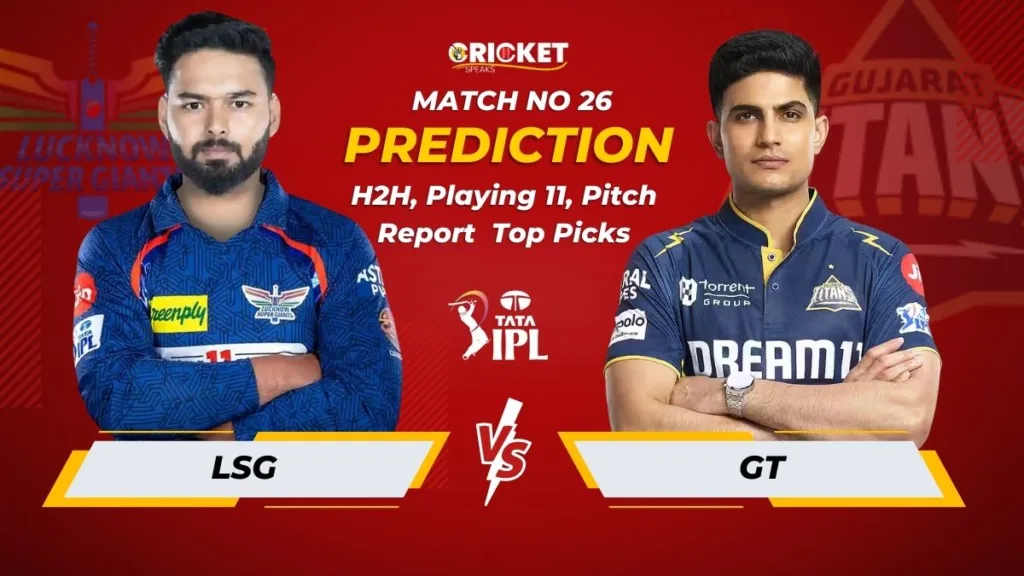Captain In Cricket: Ever wondered what separates a great cricket team from a good one? It’s often the captain! The captain in cricket isn’t just the one who tosses the coin and decides whether to bat or bowl—there’s way more beneath the surface. Think of the captain as the CEO of the field—strategizing, leading, motivating, and sometimes even carrying the emotional weight of the entire team.
Let’s take a deep dive into what the captain really does on and off the field.
The Foundation of Leadership
The Face of the Team
A captain represents the spirit and identity of the team. Whether it’s calm composure like Kane Williamson or aggressive intent like Virat Kohli, the captain sets the tone for everyone else.
Leading by Example
Actions speak louder than words. When a captain performs well—be it with bat, ball, or fielding—it lifts the entire team’s morale. Think about MS Dhoni’s cool head during tense moments or Ben Stokes’ all-round brilliance as a leader.
Strategic Game Planning
Pre-Match Planning and Strategies
Before the match even begins, the captain collaborates with the coach and analysts to chalk out a plan—what are the team’s strengths, where are the opponent’s weaknesses, and how can they exploit them?
Opposition Analysis
Understanding key players in the opposing team is critical. Captains study how to contain a dangerous batter or pick apart a bowling lineup.
Toss Decisions – More Than Luck
Reading Pitch Conditions
A good captain reads the pitch like a book. Is it dry? Might spin. Is it green? Good for fast bowlers. These insights influence the decision at the toss.
Choosing to Bat or Bowl
This single decision can shape the outcome of the match. Captains need to consider dew, weather conditions, and their team’s strengths before making the call.
Setting the Field
Field Placements per Bowler
A bowler is only as good as the field that backs them. The captain decides where each fielder stands—sometimes creating traps for specific batters.
Responding to Game Flow
If a batter is aggressive, the captain adjusts to a defensive field. If wickets are falling, they get attacking. It’s a constant chess match.
Bowling Rotations and Decisions
Utilizing Bowlers Effectively
Knowing when to bring in a spinner or a pace bowler can change the game. A smart captain reads the momentum and uses bowlers accordingly.
Changing Tactics on the Go
Sometimes plans A and B fail. A great captain isn’t afraid to try plan C or D—mid-game adaptability is crucial.
Batting Order and Role Allocation
Sending the Right Batter at the Right Time
A flexible batting order is a weapon. If quick runs are needed, send a power hitter. If stability is needed, send a technician.
Adapting Based on Match Situation
Batting collapses or a good start—every situation demands a different strategy. Captains often make bold calls to swing the momentum.
Motivating the Team
Maintaining Morale Under Pressure
Losing streak? Bad form? A captain’s words can lift spirits. The best captains create a positive environment no matter the result.
Backing Players During Slumps
Trust is powerful. When a captain backs an out-of-form player, it often results in a strong comeback. Think Rohit Sharma’s support for young players as India’s captain.
Conflict Managemen
Handling Disagreements on and off the Field
Not everyone agrees all the time. A captain needs to be a mediator—ensuring everyone is on the same page without bruising egos.
Keeping Unity in a Diverse Squad
Cultural differences, language barriers, egos—modern teams are complex. A captain needs emotional intelligence to keep harmony.
🗣 Communication Skill
Talking to Umpires
Appeals, reviews, and decisions—communication with umpires must be firm but respectful. A captain is the voice of the team.
Effective Interaction with Players and Media
Post-match interviews and press conferences are part of the job. The captain’s words can shape public opinion and media narratives.
Representing the Team Off the Field
Press Conferences
Win or lose, captains face the media. How they speak reflects the team’s mindset and values.
Team Representation in Official Events
Ceremonies, meetings, and events—a captain acts as the team’s ambassador, showcasing professionalism and integrity.
Managing Pressure Situations
Staying Cool During Tight Finishes
Final overs, last wickets, pressure at its peak—this is where captains earn their stripes. Keeping calm is half the battle.
Decision-Making in Crunch Moments
Should you go for a review? Who bowls the last over? When to declare? These calls define a captain’s legacy.
Role in Test, ODI, and T20 Formats
Each format demands a different style. Test cricket needs patience, ODIs require balance, and T20s are all about innovation and risk.
Iconic Cricket Captains and Their Legacy
MS Dhoni (India)
Known for his calm demeanor and game sense. Won all major ICC trophies.
Ricky Ponting (Australia)
Aggressive leader with two World Cups under his belt.
Imran Khan (Pakistan)
Charismatic and fearless—led Pakistan to their first World Cup win in 1992.
Brendon McCullum (New Zealand)
Transformed New Zealand into a fearless, entertaining side.
Challenges Faced by a Cricket Captain
- Injuries to key players
- Personal form vs. leadership pressure
- Media criticism
- Balancing team expectations with results
Evolution of the Captain’s Role in Modern Cricke
With the rise of analytics, captains now work with data teams and use real-time match insights. The role has become more tech-savvy, collaborative, and dynamic than ever.
Conclusion
A captain in cricket is far more than a title. They are the heartbeat of the team—decision-maker, motivator, strategist, and warrior. Whether it’s calling the shots under pressure or lifting a broken team from defeat, a great captain leaves a legacy far beyond stats and scoreboards.
FAQs
1. Can a captain be changed mid-series?
Yes, if the current captain is injured, suspended, or underperforming, boards can appoint a new one.
2. Do all captains play the same role in different formats?
Not necessarily. Some players captain only in specific formats based on their expertise and style.
3. Who has been the most successful cricket captain in history?
Statistically, Ricky Ponting and MS Dhoni top the charts with multiple ICC trophies.
4. How is a captain selected in international teams?
Usually, cricket boards and selectors decide based on leadership skills, experience, and team respect.
5. Can a bowler be a successful captain?
Absolutely! Examples include Pat Cummins (Australia) and Wasim Akram (Pakistan), who proved bowlers can lead effectively.
